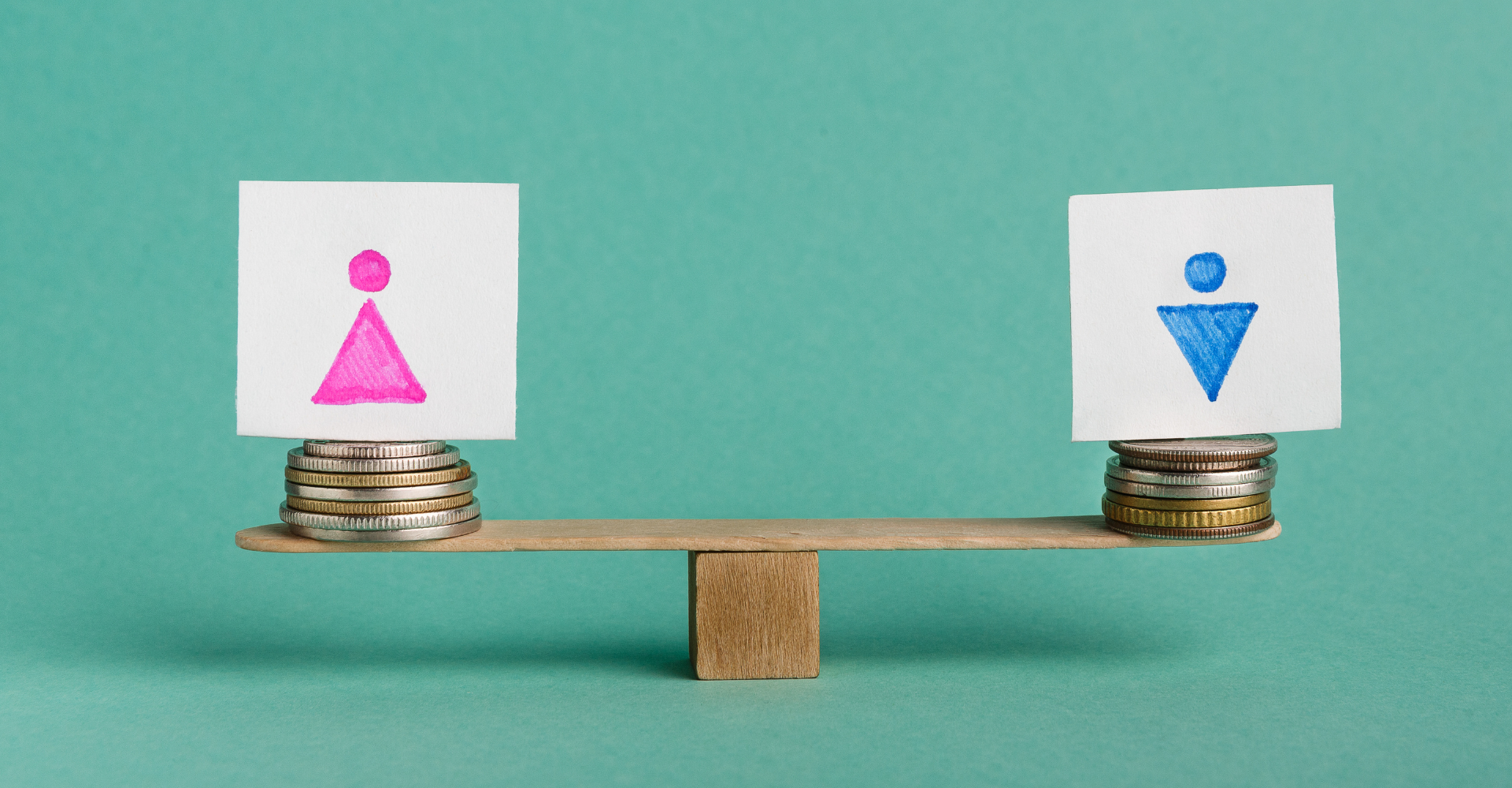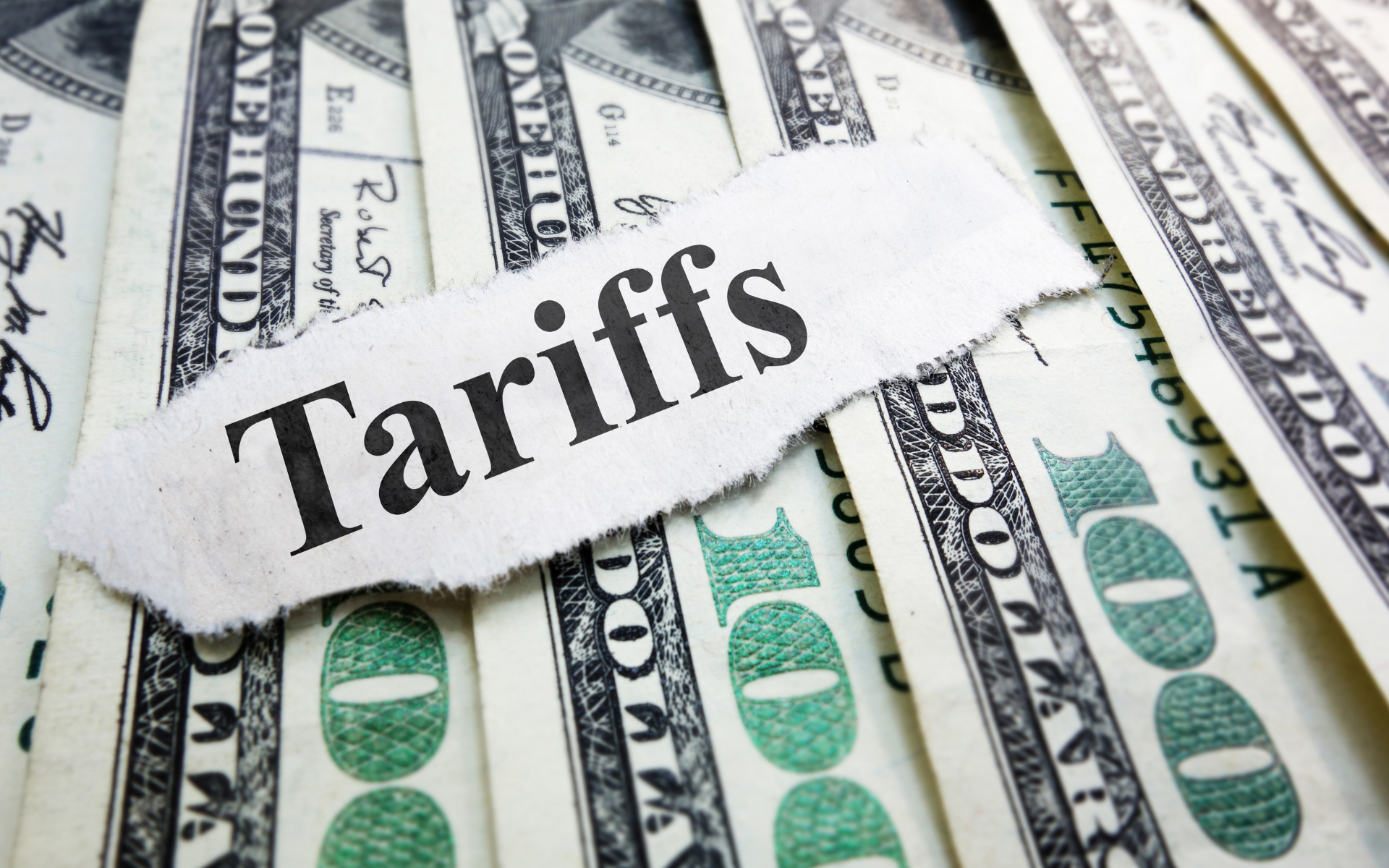Equal Pay Day: Closing the Gender Gap in Canada
Bridging the Wage Divide: Strategies for Closing the Gender Pay Gap in Canada

Equal Pay Day, a symbolic date marking the day women effectively stop working and start working for free due to the gender pay gap, is a stark reminder of the persistent inequality in the Canadian workforce. Despite strides made in recent decades, women continue to earn less than men for comparable work.
The Gender Pay Gap: A Persistent Challenge
The gender pay gap in Canada, while narrowing over time, remains a significant issue. According to Statistics Canada, in 2022, women earned an average of 89 cents for every dollar earned by men. This disparity is even more pronounced for women of color, who face intersectional discrimination that exacerbates their earning potential.
Several factors contribute to the gender pay gap, including:
- Occupational segregation: Women are disproportionately represented in lower-paying industries and occupations,such as healthcare, education, and administrative roles. This segregation is often rooted in societal expectations and stereotypes about women's work.
- Parental leave: Women are more likely to take time off work for parental care, which can have a significant negative impact on their career trajectories and earnings. This is due to factors such as reduced work experience, lower wages upon return, and missed opportunities for advancement.
- Gender bias: Implicit and explicit biases can influence hiring, promotion, and salary decisions, leading to women being undervalued and underpaid. This bias can manifest in various ways, including:
- Stereotyping: Assumptions about women's abilities and interests can influence hiring and promotion decisions.
- Discrimination: Women may face overt discrimination in the workplace, such as being paid less than men for the same work or being denied opportunities for advancement.
- Negotiation gap: Women are often less likely to negotiate for higher salaries or better benefits than men, which can contribute to the gender pay gap.
The Economic Impact of the Gender Pay Gap
The gender pay gap has far-reaching economic consequences for both individuals and society as a whole. For women, it can lead to financial insecurity, delayed retirement, and a reduced standard of living. For families, it can strain household budgets and limit opportunities for children.
From a broader economic perspective, the gender pay gap represents a significant loss of potential GDP. If women were paid equally to men, the Canadian economy could benefit from a substantial boost.
Closing the Gender Pay Gap: A Collective Effort
Addressing the gender pay gap requires a multifaceted approach involving both individuals and organizations. Here are some key strategies:
- Equal pay legislation: Enforcing and strengthening equal pay laws can help ensure that women receive fair compensation for their work.
- Pay transparency: Promoting transparency around salaries can help identify and address pay disparities.
- Mentorship and sponsorship programs: Supporting women's career development through mentorship and sponsorship can help them advance to higher-paying roles.
- Flexible work arrangements: Offering flexible work options, such as part-time work or remote work, can help women balance their career and personal responsibilities.
- Unconscious bias training: Educating employees about unconscious bias can help reduce discriminatory practices in hiring, promotion, and compensation decisions.
Equal Pay Day serves as a powerful reminder of the ongoing struggle for gender equality in the workplace. By raising awareness of the gender pay gap and taking concrete steps to address it, we can create a more equitable and prosperous society for all.
At Kassen Recruitment, we are committed to promoting gender equality and helping women achieve their career goals. We believe that everyone deserves to be paid fairly for their work, regardless of their gender.











